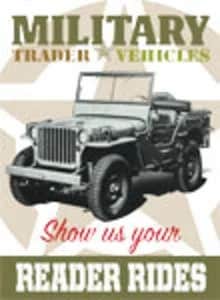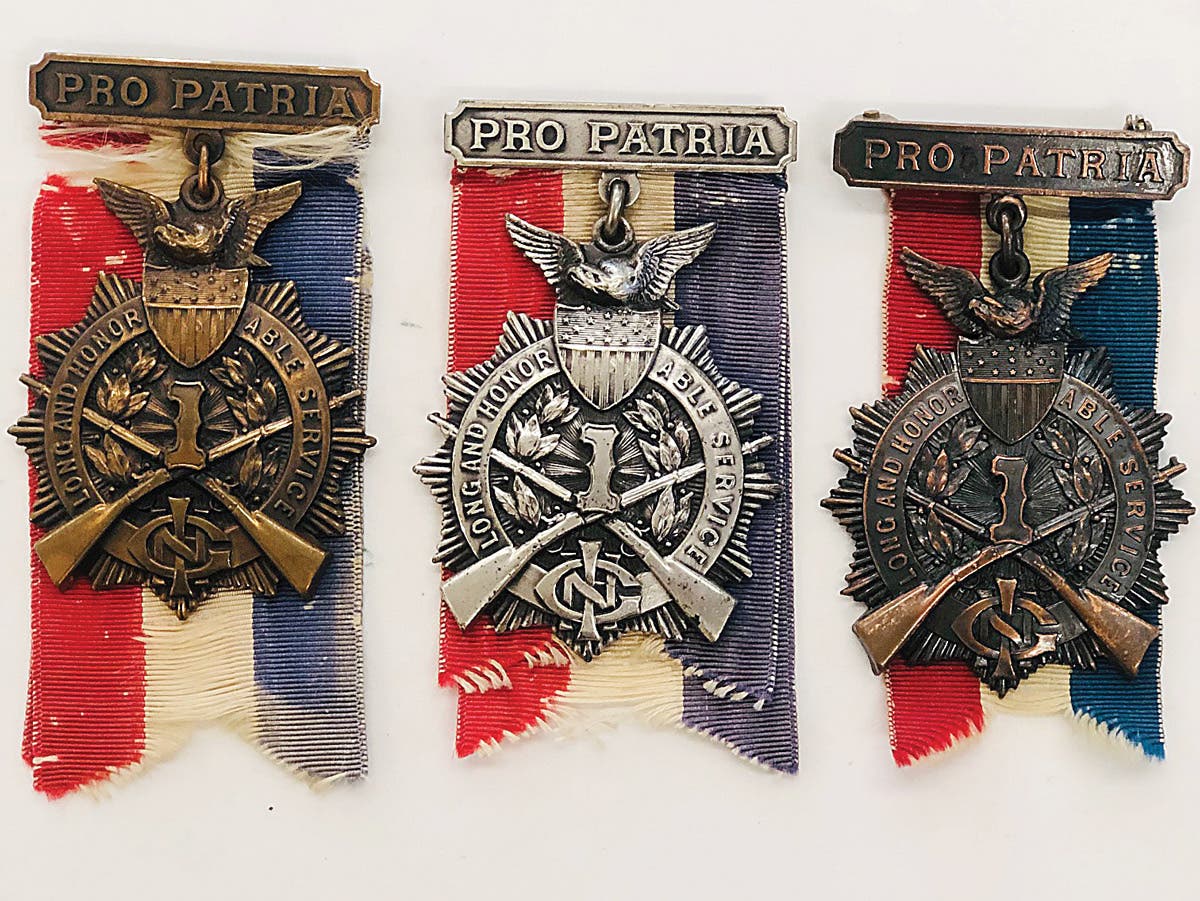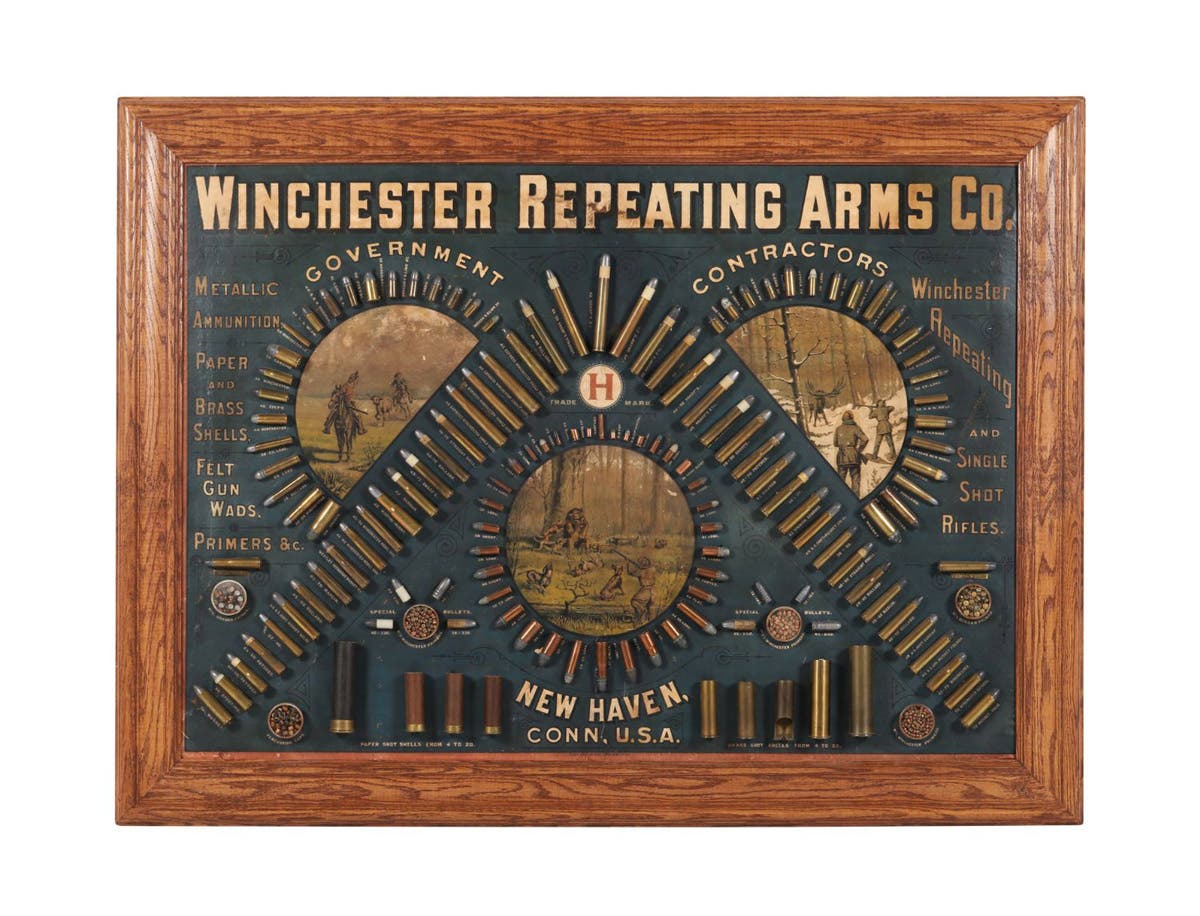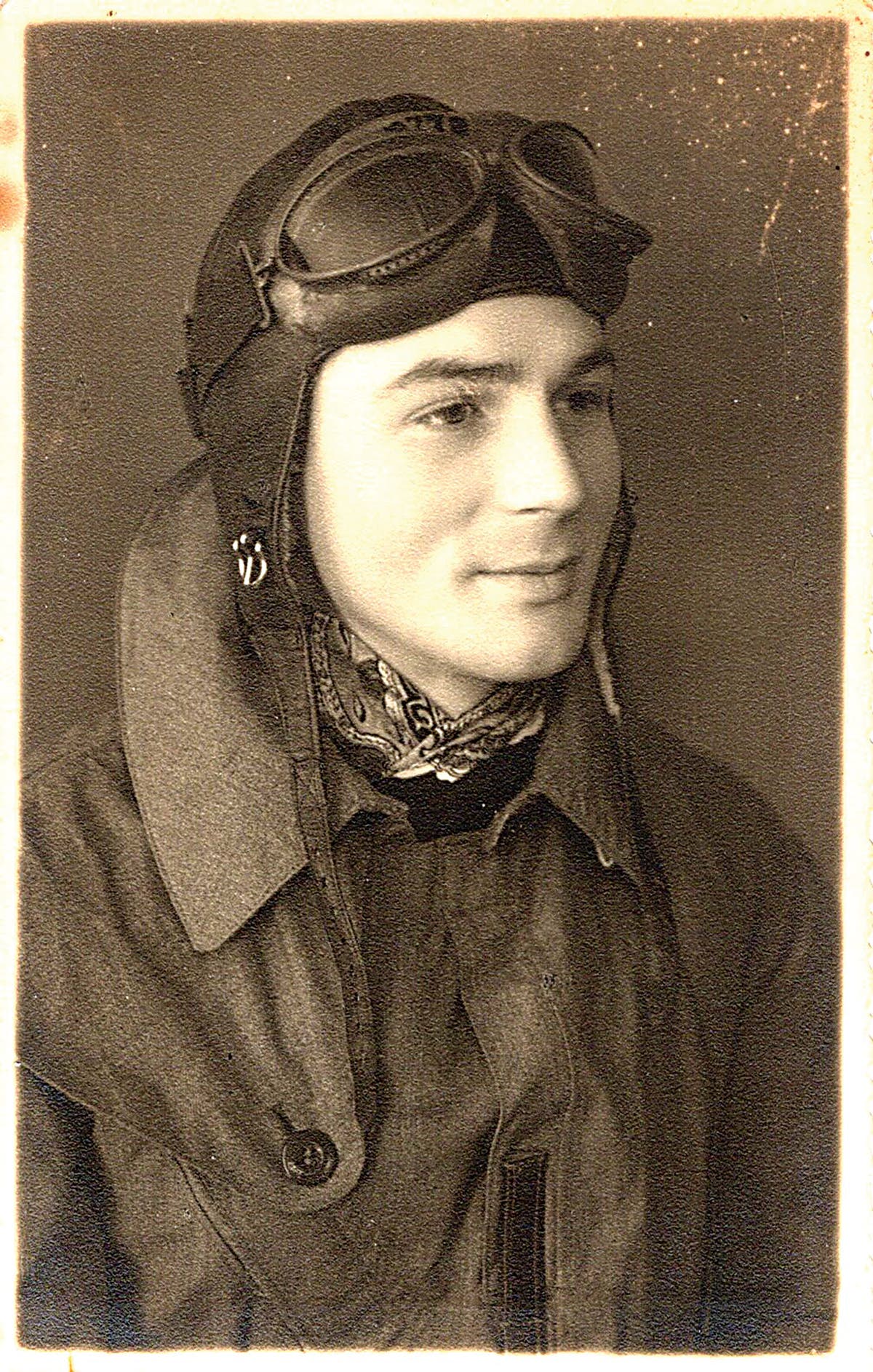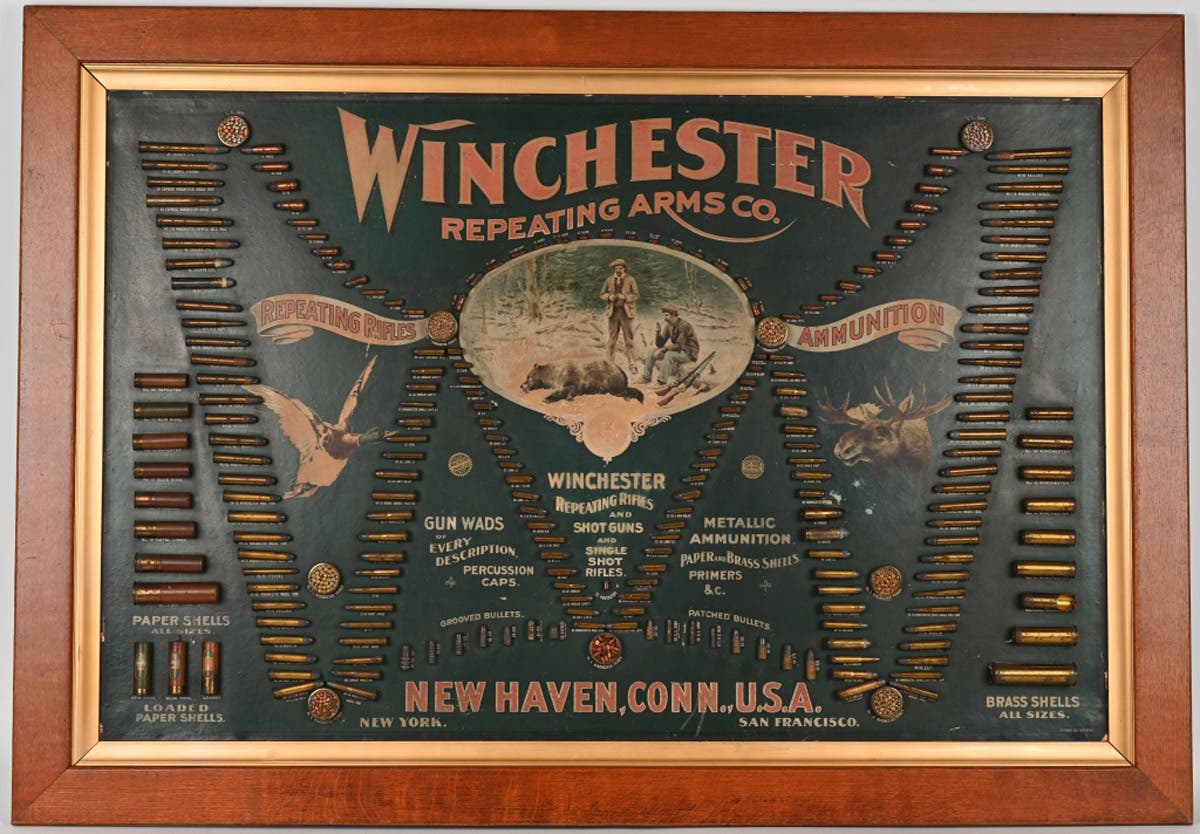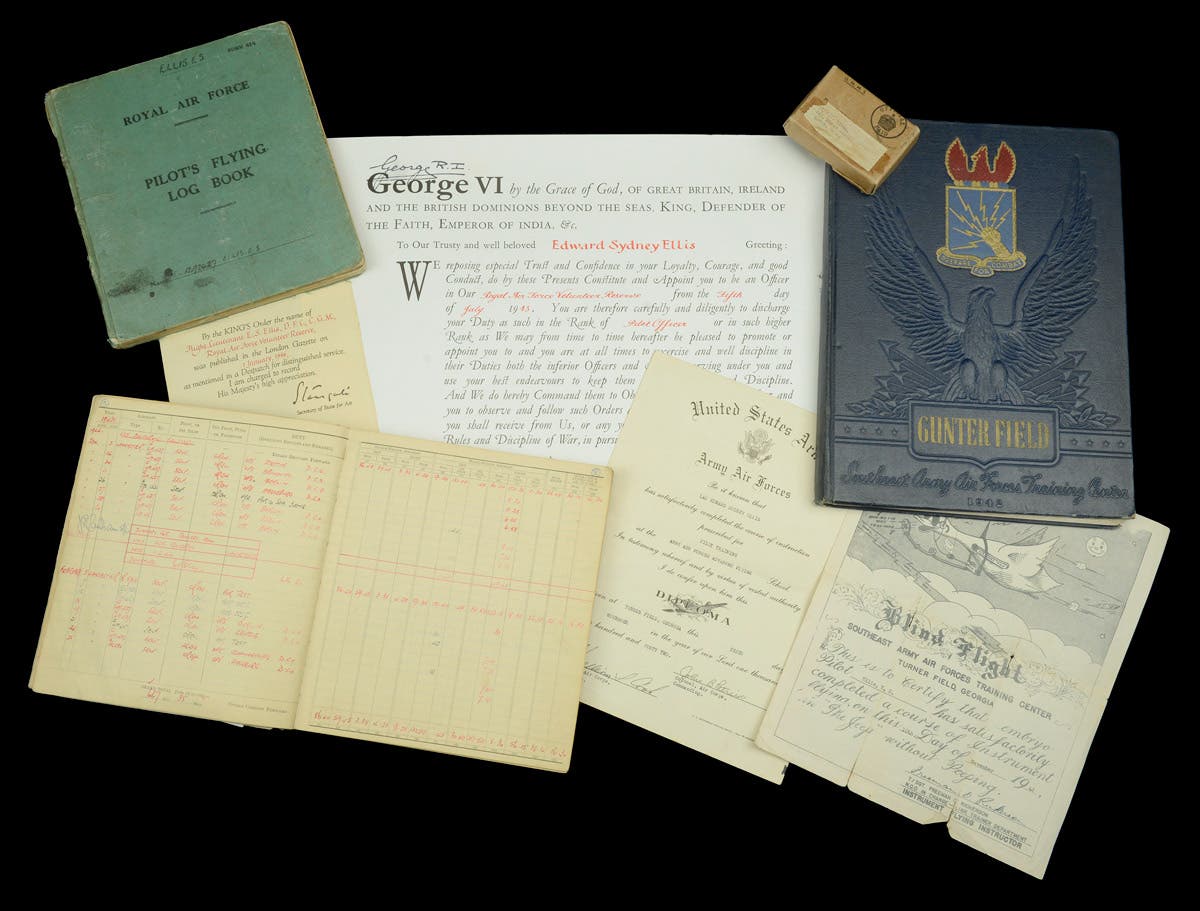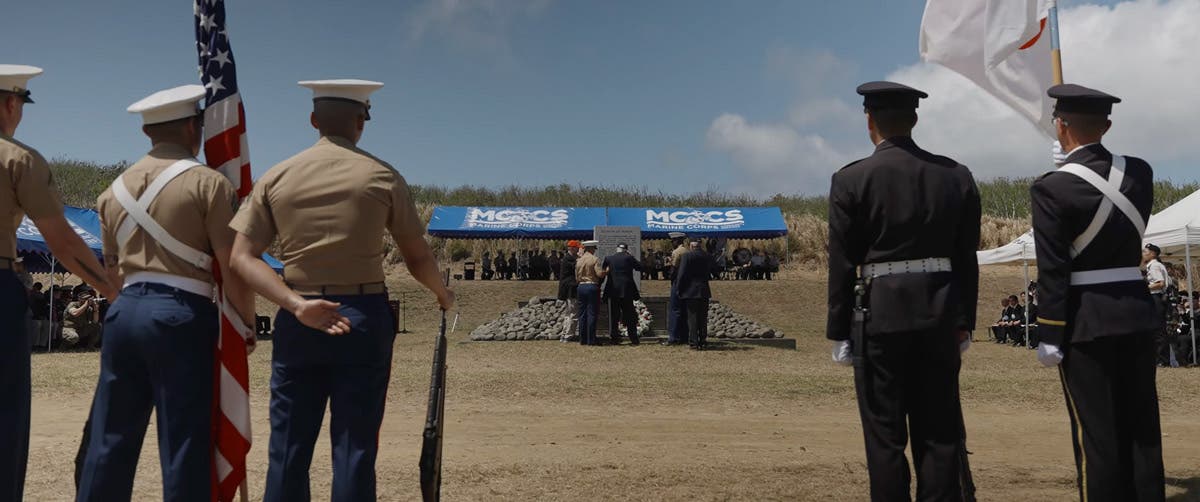Pickelhaube: The story of the German spiked helmet
German helmets remain one of the most popular collectibles of the era.
By Wm. Randall Trawnik, Remy Schaal, and Walter Hartmann as special consultant
Basic Military Spiked Helmet Body Styles, left to right:
Standard style, Dragoon style and Hessen style.
German helmets remain one of the most popular collectibles of the era. There were many German helmet types from that era, and they include: the shako, tschapka, busby, spiked helmet, and “coal scuttle” steel helmet. However, no piece of military headgear more exemplifies a nation or an age than the Pickelhaube, or spiked helmet. The spiked helmet was the most popular war souvenir of the American doughboys. Thousands more were sent home by the U.S. government as premiums for purchasers of War Bonds.
Although the majority of helmets found today come from the 1900 to 1918 era, it is important for the collectors to understand the history and development of the Pickelhaube. The original helmet design adopted by the state of Prussia in 1842 eventually became the standard headgear for the Imperial German Army from the mid-1800s through the outbreak of WWI.
The era of the Pickelhaube corresponded with the building of the German nation. The history of Germany is in actuality the study of many different states, bound together by a common language and cultural heritage.
Military fashion of the early 1800s was dominated by the image of Napoleon Bonaparte. The tall shako used by the French and their allies was copied by nearly all the armies of Europe. Prussia developed a tall leather and felt shako after the French pattern. Besides its awkward shape, the chief complaint was its weight and instability when wet. By the 1840s, many European countries sought to escape the Napoleonic influence.
The origin of the spiked helmet is shrouded in the fog of history. A popular story states that in 1840 the Prussian King Frederick Wilhelm IV, while visiting his brother-in-law Czar Nicholas I of Russia, happened to see the prototype for a new helmet on the Czar’s desk. The leather helmet with a spike was supposedly patterned after an ancient helmet found by a Russian farm girl on the old battlefield of Lipezk. The helmet was said to have belonged to Jaroslav Vaevolodovitch, the Duke of Moscow in the 12th century. King Frederick was so taken with the helmet that upon returning home to Prussia, he demanded that his army design their own version of the spiked helmet.
The Prussian War Ministry began seeking designs for the helmet in late 1840. By March 1841, the first prototype spiked helmet was presented to the army. This helmet was designed for use by the mounted kurassiers and was made of metal by the Metallwarenfabrik Wilhelm Jaeger of Eberfeld. Field trials were very complimentary of the size, weight, protection, and versatility of the new helmet style. The War Ministry immediately began serious development of the helmet design. Although the first prototype was made of metal for the kurassiers, it was the leather pattern helmet designed for the infantry and artillery that was first put into use. By late 1842, the Prussian War Ministry and the Quartermaster accepted the spiked helmet for use.
The Model 1842 spiked helmet was made of leather for use by regiments of infantry, grenadier, fusilier, artillery, pioneer, jaeger (which later changed to the shako) and dragoons. The original metal designed spiked helmet was adopted for use by the kurassiers in 1843. The helmet body was made of heavy vegetable-tanned and pressed leather. The body was conical in shape and sewn together in the back. The front visor was square cut and edged with a one centimeter wide metal trim. The back visor was plain leather. All exterior leather was lacquered black. The helmet was crowned with a 14 cm tall spike mounted in the middle of a crossed base. The sewn area at the back of the helmet body was crested by a metal ridge or spine. The back spine extended from the edge of the spike base to the back edge of the rear visor. The chinstrap was made of vegetable-tanned sheepskin and covered with rounded metal scales. The chinscales were affixed to the helmet body with an ornate knurled screw through an elongated rosette. Under the right rosette was placed a black-and-white colored cockade. The cockade was made of lacquered leather for enlisted men while officers wore leather mounted with a silver ring. The front emblem for “Regiments of the Line” was the Prussian heraldic eagle. Guard Regiments wore a spread winged eagle with the silver star of the Black Eagle Order on the eagle’s breast. Grenadier regiments wore the heraldic eagle with the intertwined royal monogram “FWR” on the eagles breast.
The Pickelhaube was quickly copied or adopted by many of the independent states allied with Prussia. By the late 1860s all but the independent kingdoms of Saxony, Wuerttemberg, and Bavaria looked to Prussia for military leadership. The Military Convention of 1867 formed the basis for a unified German national army. This alliance insured mutual cooperation and protection to the allied German states. At that time, most of the states adopted the Prussian style dress and spiked helmet. The victory over the French in the Franco-Prussian War (1870–1871) initiated the formation of the 2nd Kaiserreich (Empire) with the Prussian King Wilhelm I as its emperor. The Military Convention of 1871 formalized the establishment of the unified Imperial Army.
By 1886, all German states had adopted the Pickelhaube.
Prior to WWI, the important style changes in the evolution of the spiked helmet were:
• 1842: Introduction of the spiked helmet.
• 1844: Introduction of the “ball” finial for artillery regiments.
• 1857: Reduction in overall size and weight of helmet (two centimeters shorter).
• 1860: Significant reduction in size of helmet (4cm). Spike and base also reduced in size.
• 1867: Radically different helmet design. Front visor now has round metal edging with the spike base also being round. The back spine is completely eliminated.
• 1871: Back spine is re-introduced.
• 1887: New style helmet for enlisted model helmet. Metal front visor trim removed and replaced with a hardened curled leather edge. Chinscale rosettes are replaced with a hook retention system. Pearl ring at spike base is removed.
• 1891: Metal front visor trim re-introduced. M-87 chinscale hooks replaced with lug retainer (M91 side lug) for a leather chinstrap.
• 1895: Reduction in size and weight of helmet (body now 12.5 cm tall). Back spine fitted with a ventilation sleeve. This helmet model was worn by enlisted troops at the outbreak of WWI.
• 1897: Introduction of the black/white/red Reichs cockade to be worn in conjunction with the state cockade.
• 1895: Modification to the M1895 enlisted pattern helmet. Introduction of matte gray oxidized steel to replace bright metal trim. Spike also made to be removable at base by a bayonet lock mechanism.
The Pickelhaube became such a popular head dress in the late 1890s that many countries adopted their own version of the spiked helmet. Those countries include Sweden, Norway, Rumania, Denmark, Spain, Portugal, Great Britain, Brazil, Chile, Equator, Peru, Mexico, Duchy of Parma, and the United States.
Spiked Helmets of the Pre-WWI Era
Kaiser Wilhelm II dearly loved the pomp and ceremony associated with his great army. His interest in military fashion helped develop the spiked helmet into an art form by the turn of the century. Colorful uniforms and elaborate parades gave the German public pride in their national army. During this time, many elite regiments received special helmet banners to glorify their rich history or feats of valor. The helmet itself became lighter and the metal trim more elaborate. Young officers competed on who could have the tallest spike.
The richness of German military tradition, the myriad of helmet styles, added to the availability of helmets in the marketplace, has helped increase the number of spiked helmet collectors. The helmets of the pre-war period and those used during WWI remain the most popular among collectors today.
Helmet Identification
Please note that there is naturally a remarkable quality difference from private purchase helmets versus the standard issue model. All officers, one year volunteers, faehnrichs (officer candidates), and many non-commissioned officers were required to purchase their helmets from private manufacturers. Enlisted pattern helmets were issued by the army and were mass produced.
(Authors note: The information provided below is designed as an overview of the subject. Space limitations make extensive study of the subject impossible in this article. Please contact the authors with any specific questions or comments related to individual helmets.)
Helmet Body
There are three basic body styles used by spiked helmets of the post-1890 era. The authors have termed the styles as:
STANDARD: Round front visor and round spike base.
DRAGOON: Square front visor and crossed spike base.
HESSEN: Round front visor and equal armed spike base.
All military helmets use these pattern helmet bodies except Saxon General Officers and some Wuerttemberg NCO/I Year Volunteers which may have squared front visors and round spike bases. Many non-military, fire, civil servant, and police units wore spiked helmets similar to the military helmets. They use different body/trim criteria than the military pieces. Do not confuse them with military helmets.
The helmet bell was conical in shape and made of pressed leather. Officers helmets were made of thinner leather and were sewn together in the rear under the back spine. Issue helmets were made of thicker leather and usually formed out of one piece of leather without being sewn in the back. The front and back visors were sewn to the helmet body with the front visor edged with metal trim. All exterior leather was black lacquered. Officer quality helmets were lighter and more finely stitched than issue quality helmets. Issue helmets were mounted with M91 side lugs on each side of the helmet for the retention of the chinstrap (* Mod. 1915 officer helmets also used the M91 side lug over which was placed a special slotted faux rosette and chinscaled strap). Officer chinscales were affixed to the helmet body through a holes in the sides and held in place with a split braid rosette. The front plate was attached to the enlisted helmet through two grommet-lined holes in the front of the helmet body. Officer helmets merely had two small unlined holes through the body to mount the front plate.
The interior of the officer helmet featured a fine serrated-edge, lambskin-leather sweat band topped with a ribbed, ottoman, silk, head liner. Issue helmets had a leather “tongue style” liner. The liner was held together with a retention cord that passed through a hole in each tongue. The inner visors of officer helmets were lined with colored paper or leather. The colors were usually (but not always) green under the front and red under the back visor. Officer model back visors also had a sewn fancy leather edging. Issue helmets had plain leather inner visors that usually had regimental or quartermaster corps inked stamps. It is important to the collector to make sure the regimental markings properly match with the helmet front plate.
Metal Trim
The front plate (Helnzier) is the most important element of the spiked helmet. Troops of the different German States were able to show regional patriotism with their own heraldic crest. In addition to state distinctions, elite and historical regiments outfitted their crest with special banners. There were over 30 front plates for regiments of foot (infantry, grenadiers, etc.) alone. This diversity makes collecting interesting and challenging. Due to the limited space available in this article not all the front plates can be presented. A complete color presentation of Spiked Helmet Front Plates and Cockades of the German Army–1914 will be available late summer (2000) from Age of Kings Publishers (see bibliography).
In addition to the front plate, metal trim for the spiked helmet included front visor trim, base-spike unit, plume trichters (mounts) for parade, spike base retainers, back spine, chinstrap with M91 mount and chinscales with rosette or leather chinstrap, and enameled cockades. All trim was made of stamped (not cast) brass, german silver or tombak (for Guards Regt.s). Issue quality trim was highly polished and usually lacquered. Officers trim, especially front plates, were fire gilded (or frosted in the case of silver front plates).
The cockades were mounted behind the chinstrap or chinscale. The red/white/black REICHS cockade, introduced in 1897, was on the right side of the helmet. The NATIONAL cockade displayed the distinct state colors and was mounted on the left side of the helmet. Cockades exhibited several forms and contours depending on the state, rank, and manufacture date. Officers cockades were usually made in two pieces and were approximately 6.5cm in diameter. Cockades for enlisted troops were flat stamped and enameled with a diameter of 4.5cm. The cockade forms and colors are presented in the Age of Kings Publishers book listed in the previous paragraph.
Spiked Helmets of World War I
The German soldiers went to war in 1914 wearing the leather Pickelhaube. All the bright metal trim was hidden by a gray/green cloth field cover. After the initial push into France, the German High Command realized that more men were needed to achieve the victory over the Allies. Many thousands of helmets were fabricated early in the war to meet the needs expressed by the army quartermasters. Quickly, the extreme demand and reduction of available raw materials led to the use of replacement materials. Leather in short supply due to the allied sea embargo left many helmet manufacturers without the ability to meet their army contracts for helmets. To meet this demand, pressed felt, paper maché, synthetic fiber, cork, and stamped tin replaced the leather helmet body in many war model ersatz helmets.
The need for brass which was used for shell casings was acute. It was quickly clear to the German High Command that the spiked helmet was impractical for use in the trenches. The final helmet design changed, Model 1915, replaced the bright metal trim with matte gray painted or chemically oxidized steel trim for all issue helmets. The unique element of the Mod.15 was the ability to remove the entire spike at the base by use of a bayonet lock mechanism. This reduced the profile of the helmet and made it better for use in trench warfare. Manufacturers of officer helmets also adopted some of the Model 1915 changes. Officer spikes were made to be removable at the base and Mod.91 style; side lugs were used to allow officers to remove chinscales in the field and replace them with a more practical leather chinstrap.
The Pickelhaube was designed and created in a time of colorful uniforms, great parades, and grand illusions. Sadly, it served the German soldier poorly in the time of high velocity shells and savage trench warfare. The troops in the field required more protection than the leather helmet could offer. In early 1916, the “coal scuttle” steel helmet was introduced to the frontline soldiers. Almost immediately the spiked helmet disappeared from active use in the trenches. The Pickelhaube continued to find use among rear echelon and home based troops. Many officers refused to give up the symbol of the old army and continued to wear the helmet until the war’s end.
The Collectors Story
Collecting militaria is likened to going on a treasure hunt. Collectors are always looking for the “find” that will bring joy and add a “piece of history” to a collection. Fortunately for the American Pickelhaube collectors, there were many thousands of helmets brought home as souvenirs after both WWI and WWII. Helmets still surface at garage sales, flea markets, and gun shows.
Although the hobby is large and gaining new collectors daily, there has been very little in the way of reference and research material available in the English language concerning Pickelhauben. To determine the value of an individual helmet the purchaser must be knowledgeable about helmet design, construction, and be able to identify the front plates of the German states and regiments.
When considering a piece for purchase the important considerations are: originality, rank, condition, and rarity. When evaluating a helmet for purchase, one should use keen observation and common sense. Criteria includes the following:
1) In order to be original, all metal parts should match in color and should configure snugly to the contour of the helmet. It is not uncommon to find helmets that have mismatched parts. The helmet was originally designed for an 18-year-use life by the army. Many helmets were altered during the time of use by the quartermaster or by officers who purchased used helmets in order to save money. In the years since WWI, some helmets have lost parts and pieces due to neglect and aging. As a collector, I am not opposed to restoring a helmet to its original station. I do oppose altering a helmet from its original use or rank. The collector must check to make sure that the front plate of a “rare” unit helmet has not been added at a later date. Everything from rare front plates, metal back spines, and even leather helmet bodies are now being reproduced. The collector should be on the lookout for helmets that have repro parts. Reproduction parts are poorer in quality than the original. They are usually made of formed copper and have been electroplated. To complete a helmet missing a needed part with a repro item will significantly impact the value of a helmet. It is most onerous when rare front plates are concerned. I would MUCH rather have an original common helmet than a fake “rare” one.
2) Naturally, rank has a lot to do with the value of a helmet. Officers’ model helmets are more valuable than enlisted models. The purchaser should remember that officer model helmets must have all the characteristics required to make the helmet proper for an officer. A helmet that appears to be an officer model but has a spike without officers “pearls and diamond” ring or without “star” retainers is usually a private purchase helmet of a One Year Volunteer or Officer Candidate. Such helmets are not valued as high as that of a full officer model.
3) The collector must remember that these helmets are all nearly 100 years old. Condition varies from pristine pieces that have been wonderfully stored in carrying cases to those found in the attics of Texas farmhouses. In every case, a mint original helmet will bring a premium price on the collector market. Such items are rare to find today. A helmet that is complete but shows slight aging or is dirty will also bring a good price. Helmets that are damaged, altered, or are missing parts must be discounted in value relative to the degree of problems.
Most collectors prefer the helmet to remain in its original and unaltered condition. BEWARE of over cleaning. An unskilled restorer can easily ruin a valuable helmet with his zeal to clean up a helmet. I am skilled as a restorer and I have harmed pieces by trying too hard. Remember officer helmets were fire gilded and SHOULD NOT be cleaned with an abrasive metal cleaner.
4) The collector must be aware of the importance of rarity. Prussia, being the most heavily populated of the German states, fielded a large contingent in the German army while the duchy of Schwarzburg Rudolstadt had only one battalion of troops. There were certainly thousands of Prussian helmets to every one helmet from Schwarzburg Rudolstadt. I recommend the collector study the breakdown of the German army regiments to get a clear picture of the relative numbers related to availability of helmet types. The helmets from some regiments bring a premium because of their appearance alone. Besides its rarity, the Braunschweig “Deaths Head” 92nd Infantry Regiment is much sought-after due to its haunting beauty. The same is true of Life Guard and elite regiment helmets from all the German states.
The Pickelhaube had a distinct place in military history. It was the figurehead of one of the greatest professional armies the world has ever known. The fantastic shape of the spiked helmet along with its decoration and shining colors exemplified the pride of military tradition and the glory of a bygone age. For the collector, each helmet found is a true “piece of history.”
OFFICER Vs. ISSUE HELMETS
Special distinctions separate the quality and appearance of metal trim used on officer/private purchase versus issued helmets. They include: OFFICER HELMETS Front Plate: Fine detail, voided crown on top of emblem. Retained to helmet body with threaded bolt and nut. Fire gilded. Special units that wore “star” distinctions were multi-piece construction with enameled centers. Visor Trim: Visor trim approx. .6cm wide. Spike/Base: Officer has higher profile with “pearl and diamond” ornamentation at base*. Eight pointed star retainers to affix base to helmet body*. Trichter/Plume: Formed like an elongated spike and approx. 12cm tall. Plume made of buffalo hair. Back Spine: Spine ribbed along edge*. Chinstrap: Chinscales with push through rosette. Flat scales fro troops of foot. rounded for mounted troops.* Cockades: Usually two-piece construction. (Several exceptions) ISSUE HELMETS: Inferior quality stamping than officer. Crown closed. Retained to helmet body with loops and leather wedge. Polished facade. Special units that wore “star” distinctions were one-piece stamped. Visor trim approx. one centemeter wide. Simple design with no pearl ring at spike base. Base affixed to helmet body with domed split leg retainers. Formed like a tube extending from top of the base and approx. 10cm tall. Plume made of horse hair. Spine has a ventilation hole with movable cover*. Leather chinstrap on M91 lug. Some units wore M91 mounted chinscales for parade or guard duty. Flat/Rounded like officer. Flat stamped and enameled. *excluding Hessen pattern helmets.
Bibliography
Knoetel, Herbert, Pietsch, Paul, Das Deutsche Heer, Verlag Helmut Gerhard Schulz, Hamburg, 1961.
Larcarde, Jean Louis, Casques a Pointe et Coiffures de l`Armee Allemande 1842-1918, Vol.1 and Vol. 2, Jacques Grancher, Paris, 1983.
Wacker, Peter, 150 Jahre- Pickelhaube- 1843-1993, Die Tradition, Auktionhaus Jan Kube, Oktober 1993.
About the Authors
Wm. Randall Trawnik has been a collector of Imperial German headgear for over 30 years. He is widely regarded for his knowledge and research related to the collecting field. In the past, helmets from his collection have been exhibited in several major American museums.
Remy Schaal is originally from Alsace, France. The history of the region in particular has influenced him to collect German spiked helmets as well as French Imperial headgear, swords, and marked pistols.
Walter Hartmann is an avid researcher, photo archivist, and collector specializing in Kaiserreich military headgear, uniforms, and their accouterments. He has assisted many European and American researchers with photos for their books and articles.


